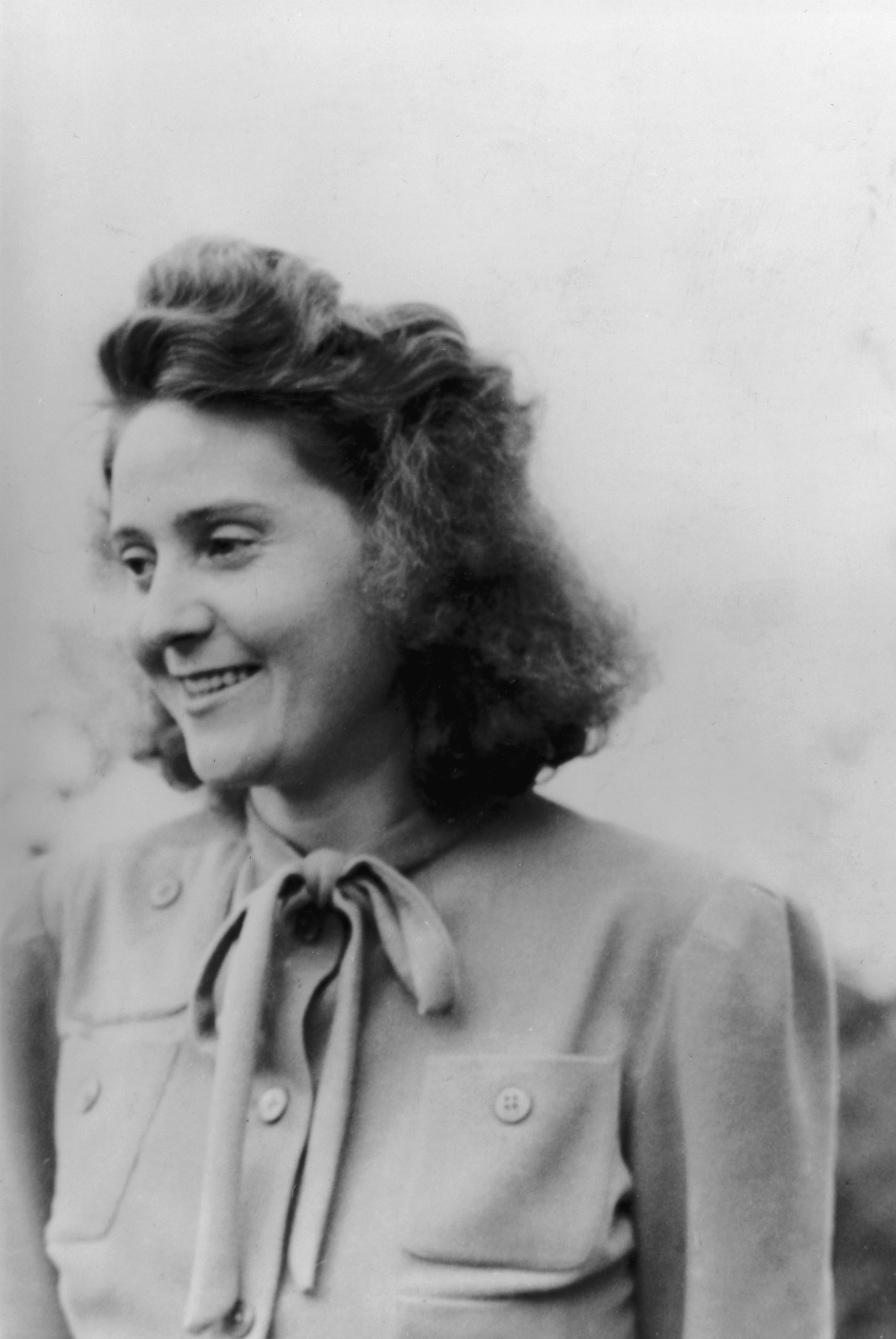
Ask a World War II aficionado to name the war’s most highly decorated spy and you’re likely to get one of three answers: Dusko Popov (code name: TRICYCLE), the MI5/MI6 double agent who warned the FBI about Pearl Harbor and inspired Ian Fleming’s James Bond; Juan Pujol (code name: GARBO), the crafty Spaniard who fooled the Germans with a fictional network of 15 agents; or Roman Garby-Czerniawski (code name: BRUTUS), the Polish double agent who at one time had a hundred agents in his INTERALLIÉ circuit. All were terrific spies and each played a key role in deceiving the Germans about D-Day. Each was awarded the Order of the British Empire, Popov and Czerniawski as Officers and Pujol as a Member.
Yet their decorations pale in comparison to those of a courier spy named Odette Sansom (code name: LISE). She was awarded not only an Order of the British Empire (Member), but also a Chevalier de la Légion d’Honneur, France’s highest decoration; a George Cross, Britain’s second highest honor; and five other medals. World War II buffs—even military historians—lose sight of the fact that female couriers operating in occupied France had the second highest Allied fatality rate (42%, behind only Bomber Command’s 45%) of the war. But it was Odette’s commitment to honor and duty that allowed her to persevere under such perilous conditions.
Odette was a courier for the SPINDLE circuit of Special Operations Executive (SOE), the secret sabotage outfit Winston Churchill had charged to “set Europe ablaze.” She was a wife and mother of three who didn’t drink, smoke or swear, and to the casual observer she was quite ordinary, perhaps even boring. Yet she was a trained killer. She feared neither danger nor dagger, interrogation nor torture. She didn’t think twice about confronting German generals or commandants, and often placed principle before prudence. Like her colleagues in the SOE, she signed up for the war knowing that arrest (and execution) was a very real possibility—a fate that awaited almost one in two for F Section (France) couriers.
SOE circuits were comprised of three agents: circuit leader, courier and radio operator. These three would then recruit, arm and work with local French Resistance fighters to sabotage German trains, barges, bridges and supply depots. In some cases, hit-and-run guerilla attacks were staged. To accomplish these tasks, couriers carried messages and money to their associates almost on a daily basis.
And danger was ever-present. Wehrmacht soldiers, Vichy police, Abwehr (German military intelligence) and Gestapo were everywhere: control checkpoints, hotels, cafes, trains … even brothels. To be caught with a wireless radio—something every SOE agent would transport from time to time—was a capital offense. And as every spy knew, the Gestapo needed to turn only one operative to infiltrate a circuit and spoil the lot.
One secret policeman, sergeant Hugo Bleicher, did just that. Acting largely alone, the relentless German arrested over one hundred Allied agents, including Czerniawski and Sansom. Not long after Bleicher demolished the INTERALLIÉ circuit in the fall of 1941, the Abwehr recruited him to chase down spies in southern France, where Odette and her SPINDLE team operated.
Through an ingenious plot, Bleicher arrested Odette and her commanding officer, Peter Churchill (no relation to the prime minister), on April 16, 1942. They were sent to Fresnes Prison in Paris, and soon were interrogated at 84 Avenue Foch, the notorious Gestapo headquarters. While Peter followed SOE training and played the village idiot, denying everything other than being a British agent, Odette did the opposite: she told the Germans that she, not Peter, was the circuit leader, and that Peter was just a pawn in their operation.
The Gestapo pounced. They summoned her to Avenue Foch 14 times, always pressing her for the whereabouts of SPINDLE’s radio operator and the hideout of another circuit leader. Odette knew the locations of both, but refused to answer, saving their lives.
Starved and tortured, Odette never broke. Her pat answer was always the same: “I have nothing to say.” When the Gestapo realized that she would never talk, they condemned her to death and sent her to the one place feared by every woman in Europe: Ravensbrück. Here, she was placed in the concentration camp’s underground prison, appropriately named “the Bunker.”
For three months and eight days she languished in a small cell, again on starvation rations. Save five minutes a day when the overhead light was illuminated, she sat in total darkness. Her body was soon covered in scabs, and she suffered from dysentery and scurvy. Her hair began falling out, her teeth became loose and she lapsed into a semi-coma. The infirmary doctor gave her an injection and she was returned to her cell.
That she survived the war was almost miraculous. Many of her SOE comrades did not, however, and for the rest of her life Odette asked that we not forget them. To honor her is to honor them, she felt.
Odette’s medals can be seen today in her special display at the Imperial War Museum. Odette, who by that time had married her third husband and become Odette Hallowes, died in 1995 at the age of 82. On Feb. 23, 2012, almost 70 years after she joined the SOE, the Royal Mail released a stamp in her honor as part of its Britons of Distinction series.

Larry Loftis is the author of CODE NAME: LISE—The True Story of the Woman Who Became WWII’s Most Highly Decorated Spy, available now from Gallery Books.
More Must-Reads from TIME
- Why Biden Dropped Out
- Ukraine’s Plan to Survive Trump
- The Rise of a New Kind of Parenting Guru
- The Chaos and Commotion of the RNC in Photos
- Why We All Have a Stake in Twisters’ Success
- 8 Eating Habits That Actually Improve Your Sleep
- Welcome to the Noah Lyles Olympics
- Get Our Paris Olympics Newsletter in Your Inbox
Contact us at letters@time.com